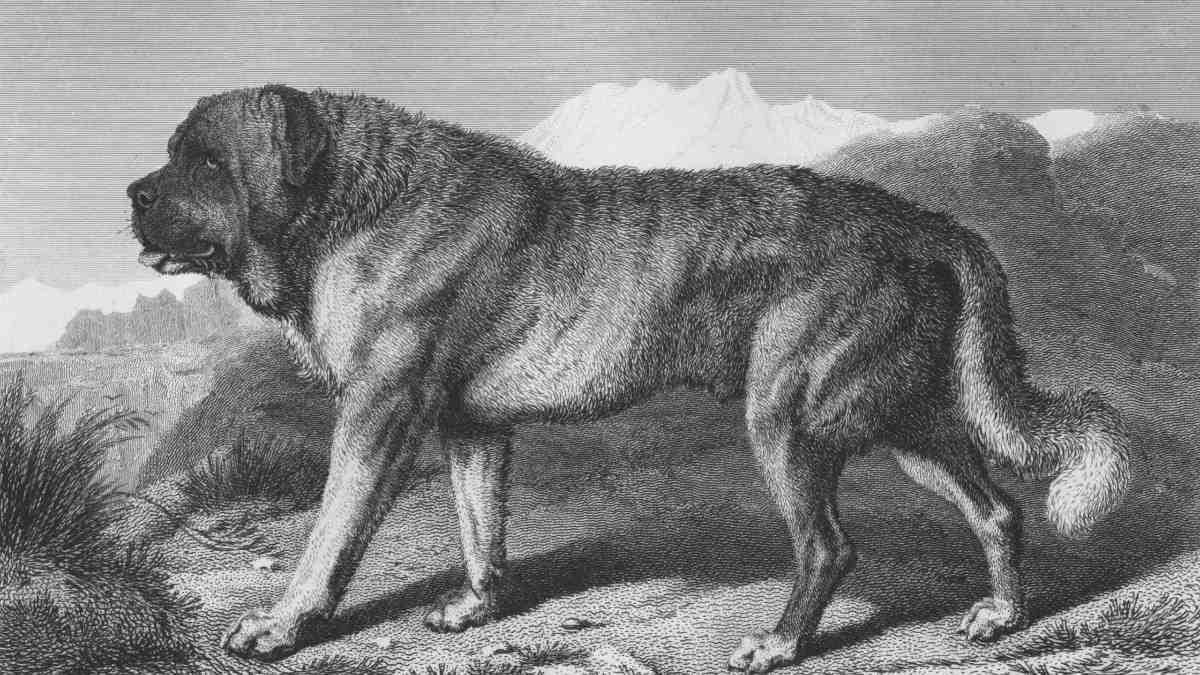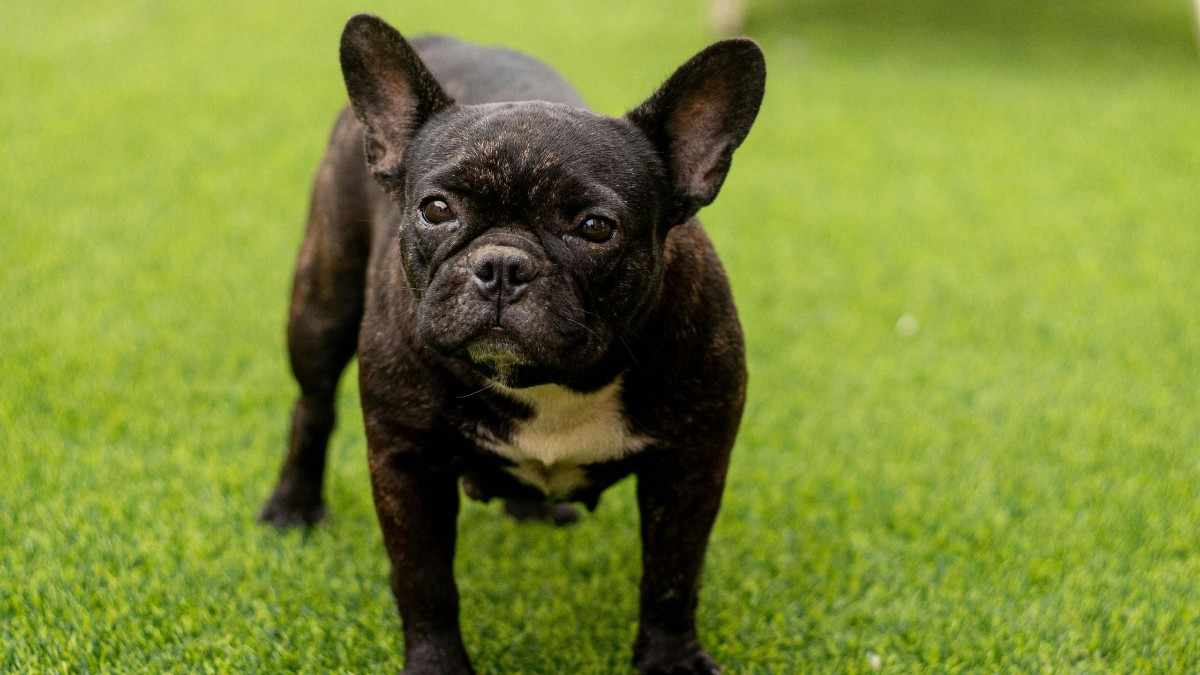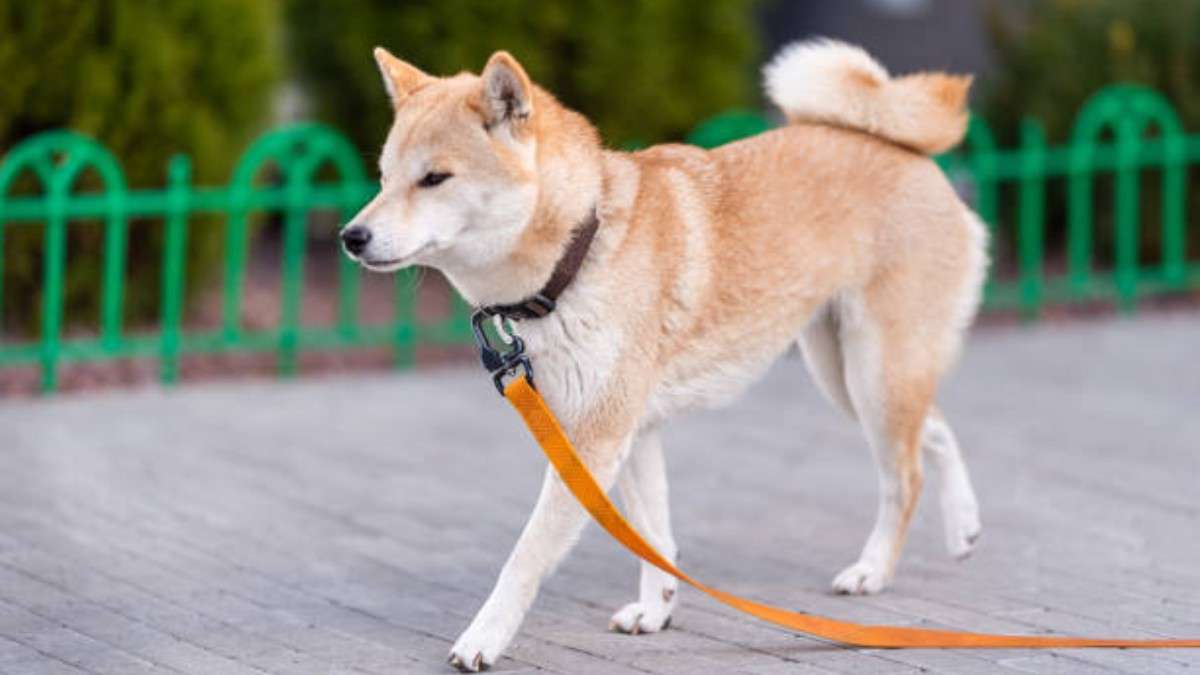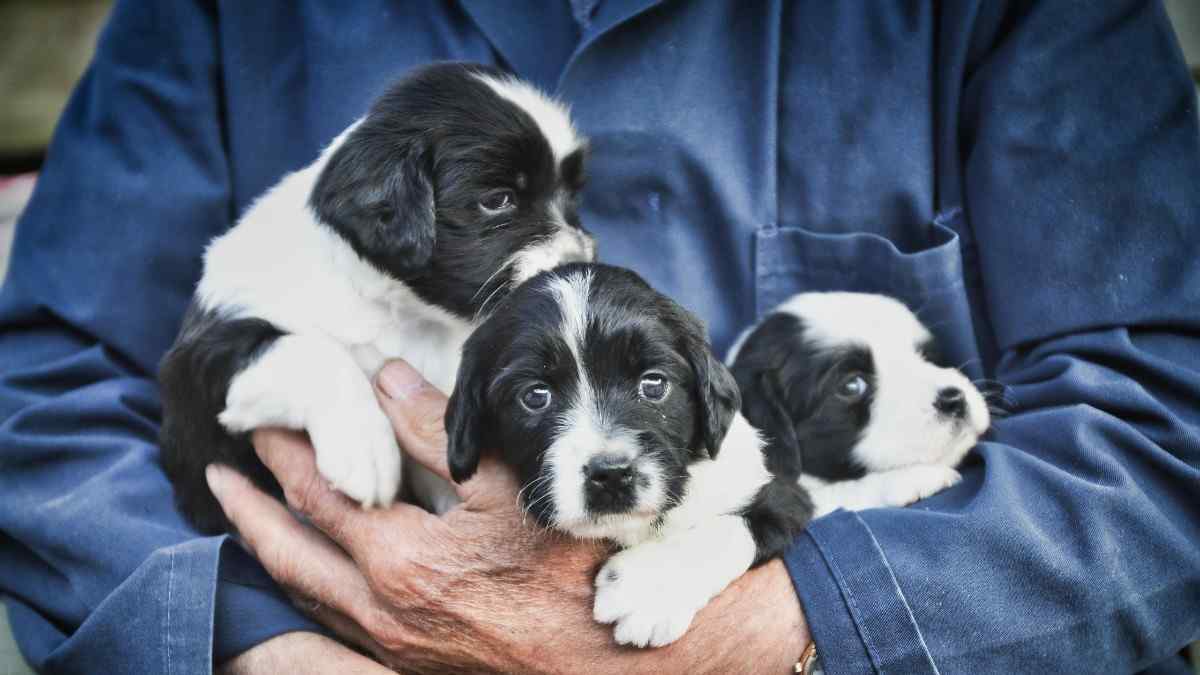10 Extinct Dog Breeds: Forgotten Legends of the Past
From ancient guardians to Victorian-era working dogs, countless dog breeds have vanished over centuries due to shifting human needs, environmental changes, and cultural shifts. These extinct breeds left behind legacies that shaped modern dogs and human-canine relationships. In this post, we’ll delve into 10 remarkable extinct dog breeds, their stories, and why their disappearance matters. Whether you’re a history buff or a dog lover, their tales will fascinate and inspire.
Why Study Extinct Dog Breeds?
- Cultural Insight: They reflect the values, needs, and challenges of past societies.
- Genetic Legacy: Many contributed DNA to today’s breeds.
- Conservation Awareness: Their extinction underscores the importance of protecting rare breeds like the Azawakh or Tibetan Mastiff.
Factors Behind Their Extinction
- Technological Advances: Machinery replaced roles like hunting or herding.
- Breeding Practices: Over-specialization or inbreeding weakened populations.
- Cultural Shifts: Breeds tied to outdated traditions (e.g., dogfighting) lost relevance.
- Environmental Pressures: Habitat loss or resource scarcity.
10 Extinct Dog Breeds and Their Stories
1. Alpine Mastiff
The Giant of the Alps
- Origin: Switzerland
- Height: Up to 40 inches
- Known For: Size and strength
Dog breeders in the Alps developed the Alpine Mastiff, one of the ancestors of the modern Saint Bernard, and this massive dog rescued travelers trapped in snowstorms. However, over time, crossbreeding with other mastiffs diluted the pure line, leading to its extinction.
Interesting Fact: The famous Saint Bernards that carried brandy barrels are thought to have descended from Alpine Mastiffs.
2. Talbot Hound
The Noble English Tracker
- Origin: England (possibly France)
- Appearance: White coat, droopy ears
- Purpose: Tracking and hunting
The Talbot Hound was a slow but steady scent hound used in medieval England. It was likely brought to Britain by the Normans. Due to its low speed and the rise of faster hunting dogs, the Talbot fell out of favor and eventually disappeared by the 17th century.
Legacy: It is believed that Talbot Hounds are ancestors of modern Beagles and Bloodhounds.
3. English White Terrier
The Elegant Yet Frail Terrier
- Origin: United Kingdom
- Appearance: White coat, erect ears
- Temperament: Energetic but prone to health issues
The English White Terrier was popular in Victorian England but suffered from genetic problems due to inbreeding. Its delicate constitution made it unsuitable as a working dog or pet, leading to its decline by the late 1800s.
Descendants: Breeds like the Bull Terrier and Boston Terrier carry its lineage.
4. Turnspit Dog
The Kitchen Worker Dog
- Origin: United Kingdom
- Use: Rotating meat on a spit in kitchens
- Traits: Short legs, long body, strong stamina
This unusual breed was bred specifically to run on a wheel (like a hamster wheel) to rotate meat over a fire. With the advent of automated kitchen tools, the Turnspit Dog became obsolete and was declared extinct by the 19th century.
Nickname: “Kitchen Dog” or “Vernepater Cur”
5. Moscow Water Dog
The Soviet Rescue Experiment
- Origin: Soviet Union
- Purpose: Water rescue missions
- Temperament: Aggressive and unpredictable
Developed by the Russian military in the 1950s, the Moscow Water Dog was intended to be a lifesaving breed. However, its aggressive nature made it unsuitable for rescue work. After several failed attempts, the breeding program was abandoned.
Result: The breed went extinct and its genetics were absorbed into other Russian breeds like the Black Russian Terrier.
6. Blue Paul Terrier
The Mysterious Scottish Fighter
- Origin: Scotland
- Color: Bluish-gray coat
- Role: Dog fighting
People named the Blue Paul Terrier after the pirate Paul Jones, or possibly derived its name from the word ‘Paw,’ and they used the fierce breed in dog fights. As dog fighting became illegal and public opinion shifted, the breed disappeared.
Modern Connection: Thought to be a relative of the Staffordshire Bull Terrier.
7. Hawaiian Poi Dog
The Sacred Island Dog
- Origin: Hawaii
- Diet: Poi (fermented taro root)
- Function: Companion and spiritual symbol
Indigenous Hawaiians raised the Hawaiian Poi Dog as a native breed and often saw these dogs as spiritual protectors and family members. Their exclusive vegetarian diet and isolated breeding led to genetic issues and low activity levels.
Cultural Significance: They were sometimes mummified and buried with their owners.
8. Cumberland Sheepdog
The Forgotten Herding Dog
- Origin: England (Cumberland region)
- Function: Herding sheep and cattle
- Temperament: Loyal and hardworking
The Cumberland Sheepdog was a close relative of the Border Collie and was known for its agility and intelligence. However, as the Border Collie gained more popularity, the Cumberland Sheepdog faded away and was absorbed into the gene pool.
Traits: Black coat with white markings, similar to today’s Border Collie.
9. Bullenbeisser
Germany’s Extinct Bulldog
- Origin: Germany
- Use: Hunting boar and bear
- Size: Medium to large
The Bullenbeisser (literally “bull biter”) was used for bull-baiting and hunting large game. As the need for such practices died out, breeders crossed it with English Bulldogs, eventually creating the modern Boxer.
Legacy: The Boxer breed directly descends from the Bullenbeisser.
10. Tesem
Ancient Egypt’s Sighthound
- Origin: Egypt
- Era: 2000 BC and earlier
- Appearance: Slender, upright ears, curled tail
Tesem dogs are often seen in ancient Egyptian artwork and were likely used for hunting and guarding. These elegant sighthounds were similar to modern-day Salukis. Over time, the breed disappeared as newer breeds evolved in the region.
Historical Role: Often buried with Pharaohs as companions into the afterlife.
What Can We Learn from Extinct Dog Breeds?
The stories of these breeds reflect human history—our evolving societies, needs, and values. Here are a few takeaways:
- Preservation Matters: Understanding history can help us preserve endangered breeds today.
- Responsible Breeding: Avoiding genetic health issues through diverse and ethical breeding is essential.
- Appreciation for Diversity: Each dog breed, extinct or alive, played a role in shaping human life.
Breeds at Risk Today
Some dog breeds today are classified as “vulnerable” or “endangered.” These include:
- Otterhound
- Norwegian Lundehund
- Dandie Dinmont Terrier
- Skye Terrier
Protecting these breeds involves awareness, responsible ownership, and support from breed clubs.
Final Thoughts
The extinction of dog breeds is a fascinating yet sobering part of our shared history. While some vanished due to practical reasons, others were victims of fashion, war, or neglect. By remembering them, we honor their contributions and learn how to better protect the breeds we still have today.
Whether you’re a history buff, a dog lover, or just curious about the past, understanding these 10 extinct dog breeds gives us insight into how closely intertwined dogs have been with our journey as humans.
Frequently Asked Questions (FAQs)
Q1. What does it mean when a dog breed is extinct?
A: An extinct dog breed no longer exists today because there are no living members left to continue the bloodline.
Q2. Why did some dog breeds become extinct?
A: Changes in human needs, crossbreeding, wars, and the loss of their specific roles drove many dog breeds to extinction.
Q3. Can extinct dog breeds ever come back?
A: Not exactly, but modern breeding programs sometimes recreate similar breeds by mixing existing dogs with shared traits.
Q4. Which extinct dog breeds were once the most popular?
A: People highly valued the Molossus, Talbot Hound, and St. John’s Water Dog in their time, but history has erased them.
Q5. Are any modern breeds descended from extinct dogs?
A: Yes, for example, the St. John’s Water Dog contributed to the creation of modern Retrievers like the Labrador.




Post Comment